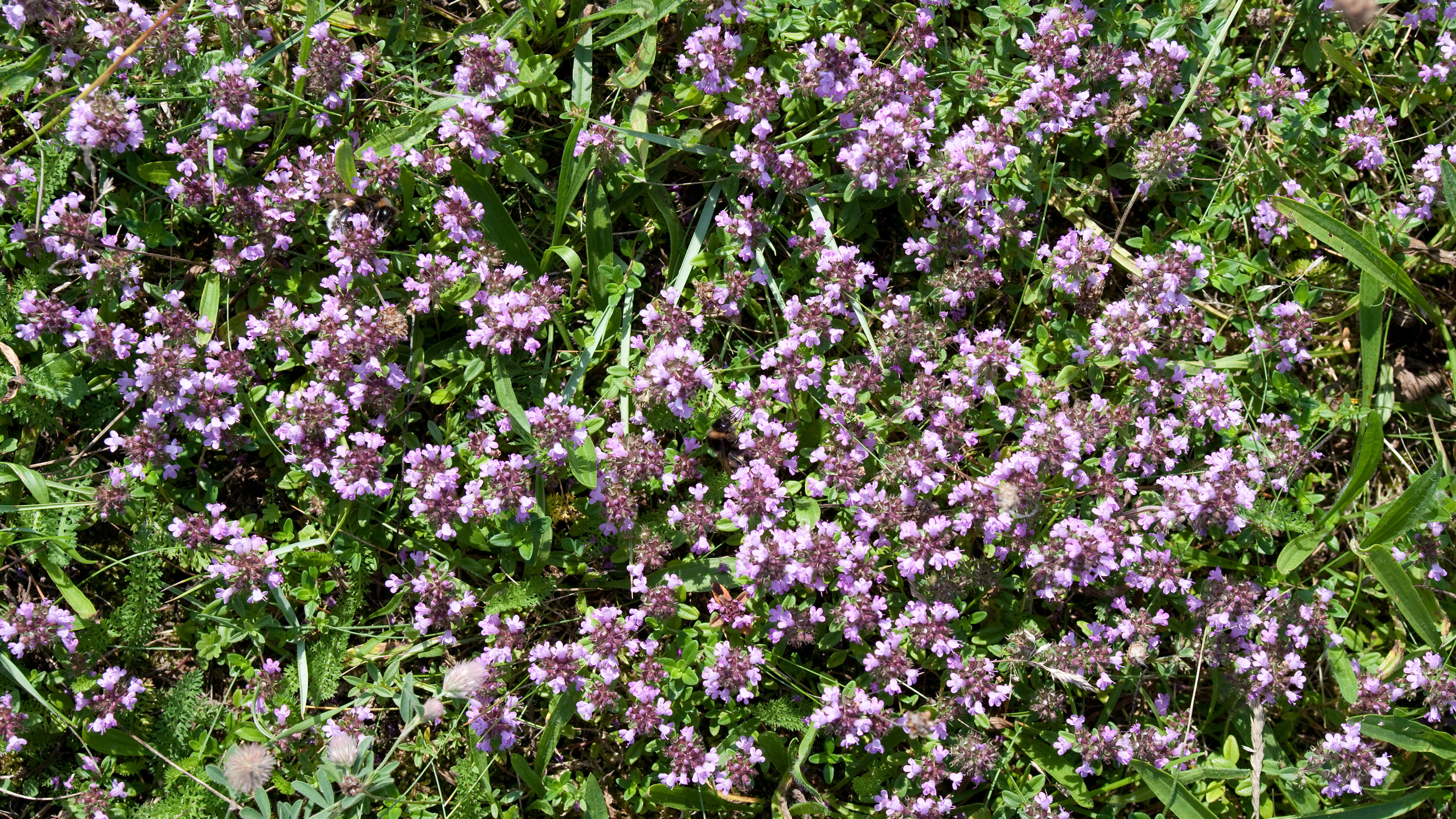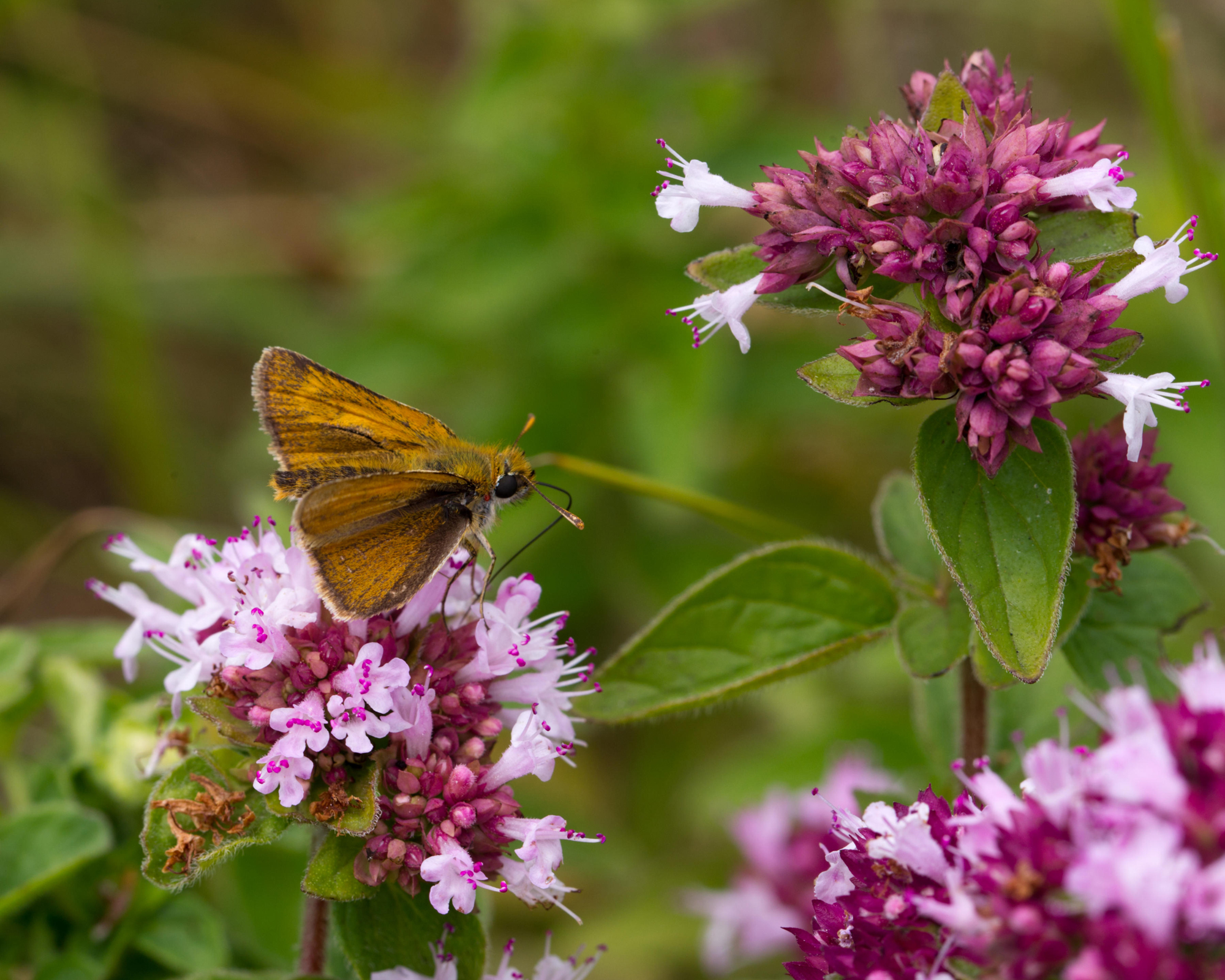Patchy lawn? Consider planting it with this herb, says garden expert Arthur Parkinson
Expert gardener recommends a sustainable and beautiful alternative to lawn grass

Have you ever considered planting your lawn up with herbs? It sounds like a crazy idea, but if your lawn is looking a bit patchy after the summer, or you want a more natural-looking grass patch, then you could try mixing your grass up with herbs.
We spoke to gardener Arthur Parkinson at last week's Chelsea Flower Show, and were amazed that his autumn lawn care tips included planting up your lawn with a very specific kind of herb. Here's why he recommends it.
The herb you should consider planting in your lawn

In an exclusive interview with us, Arthur Parkinson offered an alternative way to plant herbs in your garden – in your lawn. And the herb he particularly recommends and says does 'really well' in lawns, is marjoram.
What's special about this traditional herb? Arthur praises the look it gives a lawn – 'wild' and natural, and just the ticket for wildlife garden ideas that have become so popular with gardeners lately.

Marjoram produces 'beautiful pink and purple flowers' throughout summer and often well into autumn in warmer climates, which just adds a beautiful mauve haze to a lawn that looks stunning.
Moreover, marjoram is an excellent plant for pollinators, beloved by butterflies, and is one of the best bee-friendly plants.
Arthur told us that a relative of his has a whole lawn planted with majoram, and it's amazingly low-maintenance – 'you just mow it two times a year.' Unlike grass that requires constant mowing, marjoram grows at a steady pace throughout the warm season.
What other herbs can I plant in my lawn?
Experiment with low-growing varieties of thyme such as 'Creeping Lemon', 'Snowdrift' or 'Woolly'. Look for types that have soft foliage (some types of thyme have harder stems that are not suitable for walking over barefoot) and that won't grow taller than six to eight inches.
Like marjoram, thyme will hardly need any mowing, and it's also suitable for planting in drought-prone areas as it hardly requires any watering.
Herbal lawns are sustainable alternatives to grass that also look smell amazing and attract pollinators. Why not give it a try instead of reseeding your lawn this year?
Anna writes about interior design and gardening. Her work has appeared in Homes & Gardens, Livingetc, and many other publications. She is an experienced outdoor and indoor gardener and has a passion for growing roses and Japanese maples in her outside space.
